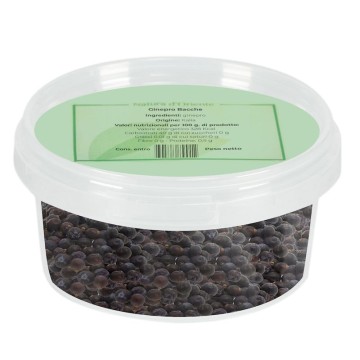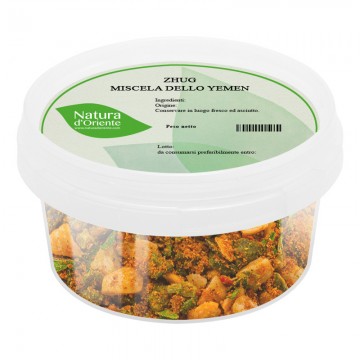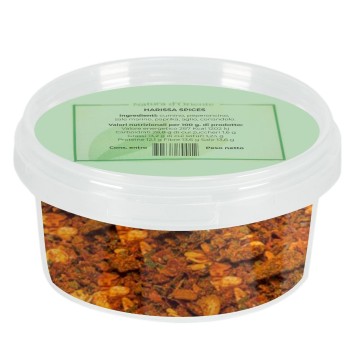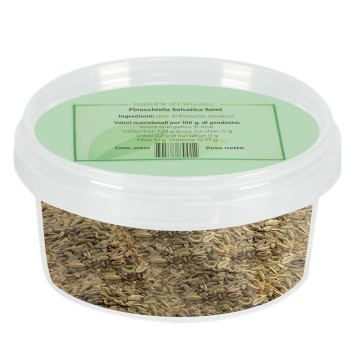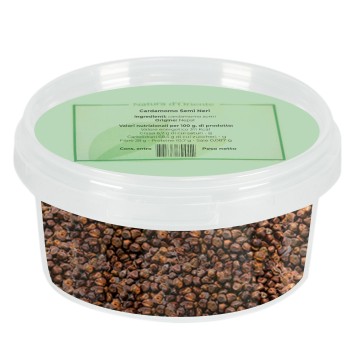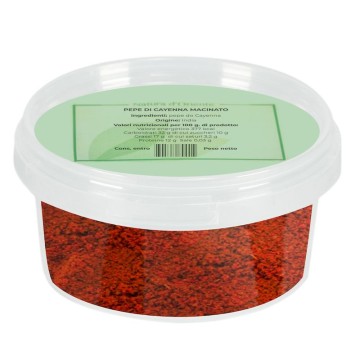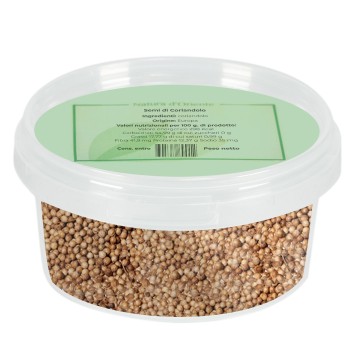Spicy paprika: properties, benefits:
Spicy paprika is rich in vitamin C, vitamin A, carotene, has anti-fermentative, analgesic, anti-rheumatic properties, stimulates blood flow and tones the body. Its vitamin C content is beneficial for both the eyes and the skin. In addition to iron, paprika contains other mineral salts that are essential for our body, such as magnesium, potassium and phosphorus.
It also contains folic acid and vitamin K. The presence of lutein and zeaxanthin is useful for protecting eye health. It is rich in vitamins that are useful for protecting blood vessels, including vitamin E.
It contains vitamin B6, considered useful for preventing hair loss. Paprika also has antibacterial properties. Due to its capsaicin content, it helps lower blood pressure.
It contains iron, which is useful for preventing anemia. It is a source of antioxidants that help prevent the signs of aging and keep our body young. It can help improve circulation. The richness of antioxidants in paprika make it a beneficial spice for keeping skin young and glowing. Including paprika in your diet could help prevent acne and varicose veins, as it is protective for both the skin and blood vessels.
Origins and history:
Hot paprika comes from the famous chili peppers grown in Hungary from which a powder of the same name is obtained. Capsicum annum, one of the five main species of the genus “Capsicum” which includes peppers and chili peppers, identifies a tropical plant native to Mexico, already known in Asia and Africa, but which spread to Europe only in the sixteenth century, after the discovery of the Americas. In the cuisine of Hungary, where today the best paprika is grown, this spice became the most important ingredient only around the nineteenth century.
According to popular belief, its use as a remedy against malaria dates back to the time of Turkish domination (16th-17th century). Legend has it that it was a young Hungarian peasant girl who escaped from the harem of a Turkish pasha, where peppers were grown, who taught the farmers of her village how to work paprika. The initial green color turns bright red when ripe. It was the Turks who introduced the plant to Hungary during their domination in the 16th and 17th centuries. Initially considered and used as an ornamental plant to decorate gardens.
But the peasants, who had more daily contact with the invaders' eating habits, also began to spice their food with the powder obtained from this chili pepper. There are eight varieties of Hungarian Paprika, differentiated by the level of spiciness and the color of the powder: Különleges (special quality, mild and bright red), Csípősmentes csemege (soft and sweet), Csemege paprika (similar to the previous one, but spicier), Csípős csemege (even spicier), Édesnemes (noble sweet, slightly spicy and bright red), Félédes (semi-sweet, medium spicy), Rózsa (slightly spicy, pale red), Erős (spicier and light brown-orange). Hungarians prefer the sweet ones. Used mainly as a thickening powder for traditional goulash.
In Hungarian cuisine, in fact, the scents and aromas of chilli pepper are favoured, rather than spiciness, which always takes second place.






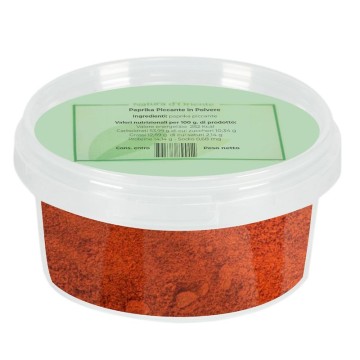




 No reward points for this product.
No reward points for this product.



